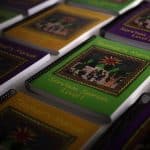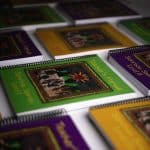Below is an easy-to-follow Grade 1 Spanish Curriculum, with additional sections to cover our approach for:
The Spanish language is among the most widely spoken in the United States, with around 41 million native speakers and millions of learners. Here are some important facts about Spanish in the U.S.:
Learning Spanish at an early age not only helps build language skills but also fosters cultural awareness and communication skills, which are essential for a globalized world.
For your first-grade Spanish program, set practical and achievable goals for language basics, focusing on key topics that build foundational knowledge:
Introduce these concepts in fun, engaging ways.
Songs are a fantastic method for memorizing new words and phrases, especially for young learners. Kids often retain songs for years, making it a powerful tool for language learning. Here are some Spanish songs on YouTube:
Interactive games make language learning feel like play rather than work. One activity we love is BINGO: create bingo sheets with pictures of animals, colors, or numbers, and call out the words in Spanish. This reinforces vocabulary and makes learning social and fun.
Labeling objects around the home with their Spanish names encourages daily practice and reinforces vocabulary. For example, label the “door” as “puerta” or the “table” as “mesa.” It’s a subtle yet effective way to incorporate Spanish into daily life.
In addition to hands-on activities, there are some excellent online resources and apps for practicing Spanish:


